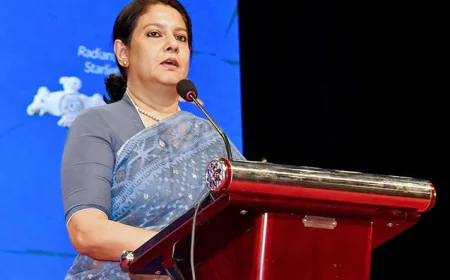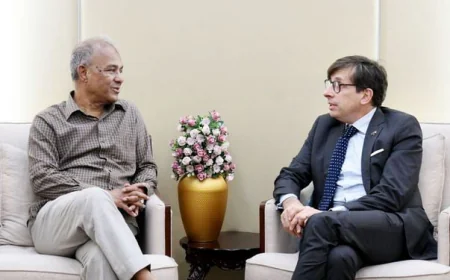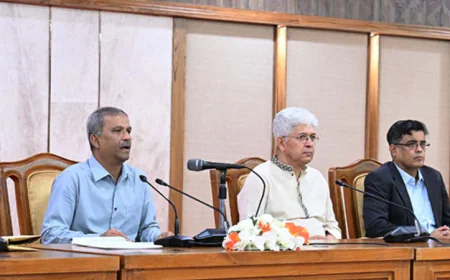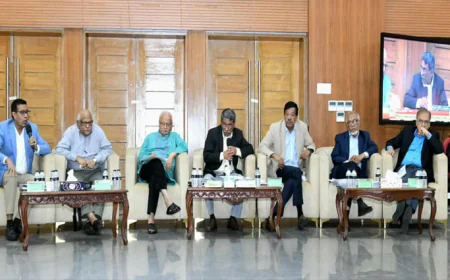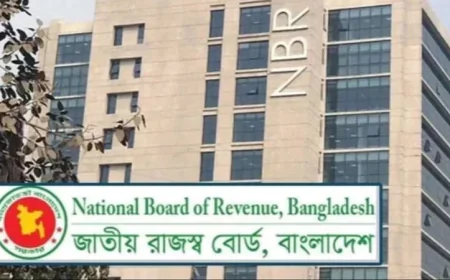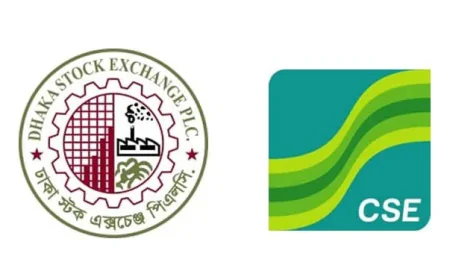Upcoming Budget
Govt to Borrow Less from Banks in FY2025–26
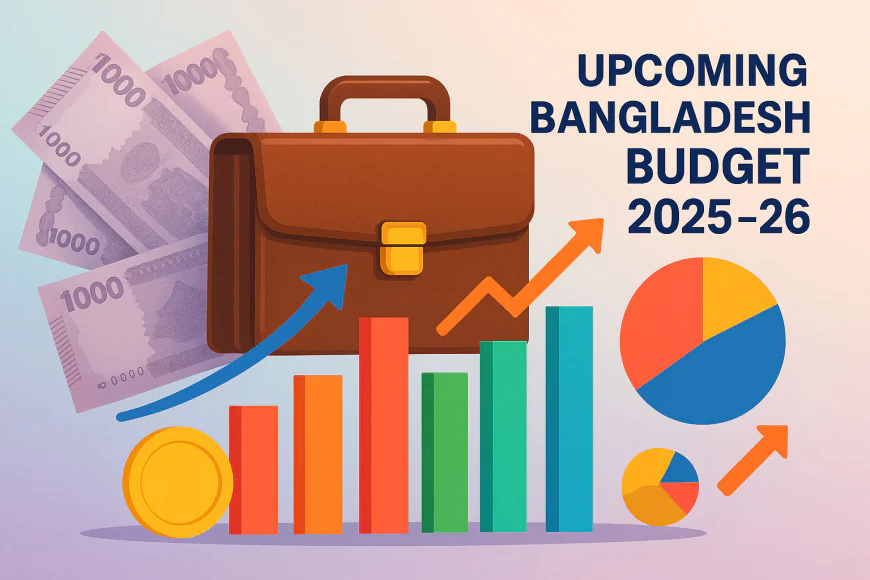
To address the budget deficit, the government plans to reduce borrowing from the banking system in the upcoming fiscal year 2025–26. In the current fiscal year (2024–25), the borrowing target was approximately Tk 2.51 trillion—around one-third of the total budget. This target is expected to remain unchanged for the next fiscal year.
The total size of the upcoming budget is estimated to be around Tk 7.9 trillion. From this, the government’s borrowing requirement is projected to fall below Tk 2.5 trillion, with funds sourced both domestically and from foreign lenders. The Finance Division of the Ministry of Finance, responsible for budget preparation, has shared this information.
Typically, the budget deficit is kept near 5 per cent of GDP each fiscal year, although it occasionally varies. For FY2025–26, the Finance Division suggests the deficit may be set at 4.2 per cent of GDP. Despite efforts to reduce borrowing, most of the funds to cover this shortfall will still come from the domestic banking sector.
In FY2024–25, of the total Tk 2.51 trillion borrowing target, Tk 907 billion was expected to come from foreign sources, while the domestic portion stood at around Tk 1.61 trillion. Of that, Tk 1.37 trillion was targeted to be raised from the banking system, with the remainder through savings certificates and other instruments.
The target for savings certificate sales, originally set at Tk 150 billion for the current year, is likely to rise to Tk 200 billion next year. Meanwhile, the foreign borrowing target may increase slightly to Tk 1.1 trillion. Domestic borrowing is expected to range between Tk 1.3 and 1.4 trillion, with bank borrowing capped at Tk 1.2 trillion.
As of June last year, Bangladesh’s total debt—both domestic and foreign—stood at Tk 18.32 trillion. Domestic debt had climbed to Tk 10.20 trillion from Tk 7.23 trillion in June 2021. Foreign debt nearly doubled in four years, reaching Tk 8.12 trillion from Tk 4.2 trillion.
Given this rising debt burden, a significant portion of the next budget will be allocated to interest payments. Over Tk 1 trillion is set aside for this purpose, the bulk of it covering domestic loans.
A former finance secretary noted that the government’s core challenge lies in weak revenue collection. Improved revenue performance could reduce the need for borrowing. He added that the government may lean more on net sales of savings certificates in the coming fiscal year, particularly as higher profit rates are drawing more public investment into these instruments.
The government borrows from banks in two main ways—through commercial banks and the central bank. Borrowing from commercial banks limits credit availability to the private sector, while excessive reliance on the central bank can stoke inflation, placing added pressure on consumers.
Bangladesh’s inflation stood at 9.17 per cent in April, according to the Bangladesh Bureau of Statistics. Finance Division officials acknowledge that while bank borrowing is a factor in inflation, there are limited alternatives available.
Encouragingly, the government often does not utilize its full borrowing target. For instance, though bank borrowing for this year was initially set at Tk 1.37 trillion, the revised figure has been lowered to Tk 990 billion. In the first eight months of the fiscal year, only 17 per cent of this amount had been used.
An economic policy expert emphasized that excessive bank borrowing by the government restricts private sector credit growth and increases interest payment obligations. He urged the government to prioritize revenue collection and exercise caution in bank borrowing to ensure adequate funding for critical sectors like education, healthcare, and social protection.
He also noted that a Tk 7.9 trillion budget would be relatively modest in the context of current inflation levels, and that the country's low revenue-to-GDP ratio remains a major structural challenge.
